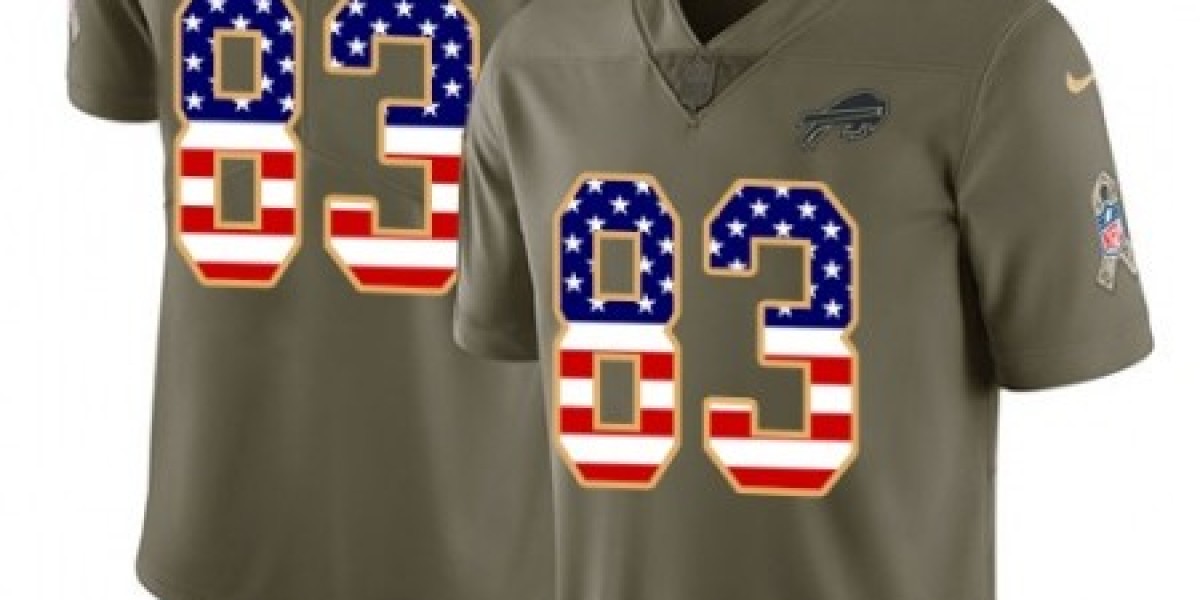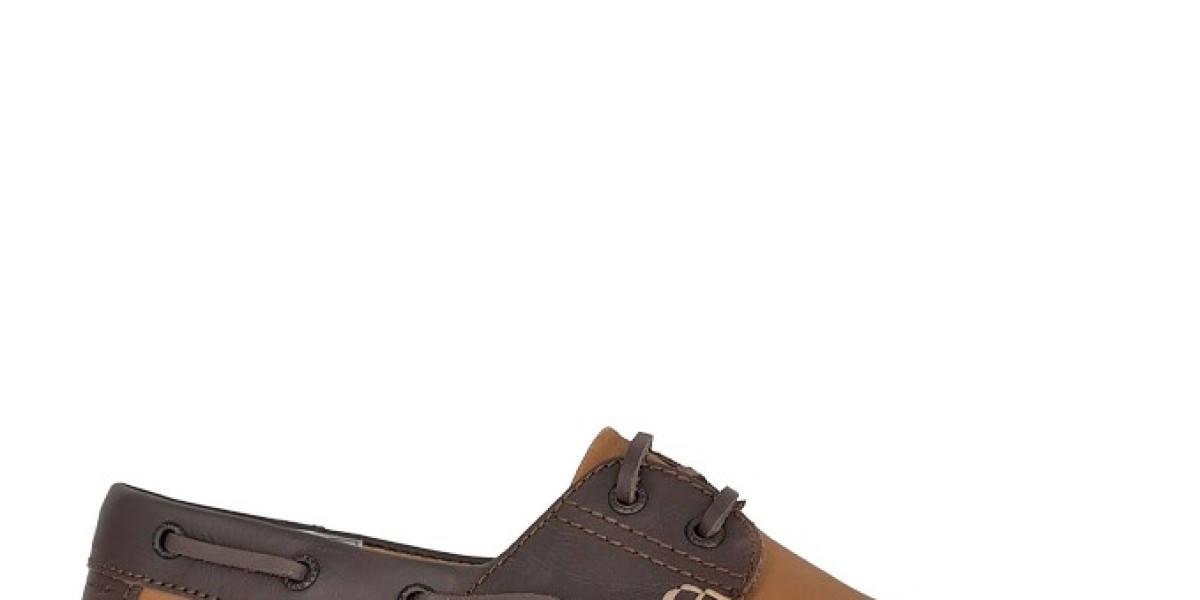Metallic embroidery thread adds a touch of elegance and shimmer to embroidery projects, transforming ordinary designs into extraordinary pieces. However, working with metallic thread can be challenging due to its delicate nature and tendency to break. This comprehensive guide will help you master the art of machine embroidery with metallic thread, incorporating essential tips, techniques, and insights into machine embroidery digitizing and digitizing embroidery designs.
Understanding Metallic Embroidery Thread
Metallic embroidery thread is made from a core of polyester or nylon wrapped with a metallic film. This composition gives the thread its distinctive shine but also makes it more fragile than regular embroidery thread. Knowing how to handle and work with metallic thread is crucial for achieving stunning results.
Key Tools and Materials:
- Embroidery Machine: A reliable machine with adjustable tension settings.
- Hoops: Keeps the fabric taut and stable.
- Stabilizers: Essential for preventing puckering and ensuring smooth stitching.
- Threads: High-quality metallic threads to minimize breakage.
- Needles: Specialized needles designed for metallic threads.
Top Tips for Successful Machine Embroidery with Metallic Thread
1. Choose the Right Metallic Thread
Not all metallic threads are created equal. Opt for high-quality threads from reputable brands to reduce the likelihood of breakage. These threads are often more durable and smoother, making them easier to work with.
Pro Tip: Test different brands to find the one that works best with your machine and fabric.
2. Use the Correct Needle
Using the right needle is crucial when working with metallic thread. Metallic needles have a larger eye and a polished surface to reduce friction and prevent thread breakage. A size 90/14 metallic needle is a good choice for most projects.
Pro Tip: Change your needle frequently to ensure it stays sharp and performs well.
3. Adjust Your Tension Settings
Metallic threads require lower tension settings compared to regular threads. Adjust your machine’s tension to a lower setting to prevent the thread from breaking. Start with a lower tension and gradually increase it if needed.
Pro Tip: Keep a record of the tension settings that work best for your specific thread and fabric combination.
4. Slow Down Your Machine Speed
Slowing down the machine speed reduces the stress on the metallic thread and helps prevent breakage. A slower speed allows the thread to glide smoothly through the machine, resulting in more even stitches.
Pro Tip: Use a stitch regulator if your machine has one to maintain consistent stitch lengths at slower speeds.
5. Use the Right Stabilizer
Stabilizers are essential for achieving professional results with metallic thread. Use a stabilizer that matches your fabric and design. For intricate designs, a cut-away stabilizer provides excellent support, while a tear-away stabilizer is suitable for lighter projects.
Pro Tip: Test different stabilizers on fabric scraps to determine the best one for your project.
6. Proper Thread Storage
Proper storage of metallic thread is crucial to prevent tangling and breakage. Store your threads in a cool, dry place away from direct sunlight. Keep them in their original packaging or use a thread organizer to avoid tangles.
Pro Tip: If your thread becomes tangled, unwind it carefully and avoid pulling or stretching it.
7. Master Machine Embroidery Digitizing
Understanding machine embroidery digitizing is essential for creating custom designs that incorporate metallic threads. Digitizing involves converting artwork into a stitch file that the embroidery machine can read. Practice digitizing simple designs before moving on to more complex ones.
Pro Tip: Use digitizing software that offers specific settings for metallic threads to optimize your designs.
8. Design Considerations for Metallic Thread
When creating or selecting designs for metallic thread, consider the thread’s unique properties. Avoid densely stitched areas that can cause the thread to break. Opt for designs with open, flowing lines that showcase the metallic sheen.
Pro Tip: Combine metallic thread with regular embroidery thread to create contrast and add visual interest to your designs.
FAQ Section
Q1: What is the best fabric for metallic embroidery thread?
- A1: Medium-weight fabrics like cotton or linen are generally easier to work with when using metallic thread. Avoid very stretchy or slippery fabrics, as they can be more challenging to embroider with metallic thread.
Q2: How do I prevent metallic thread from breaking?
- A2: To prevent thread breakage, use a metallic needle, lower your machine’s tension, and slow down your machine speed. Ensure your thread is of high quality and store it properly to prevent tangles.
Q3: Can I use metallic thread for any embroidery design?
- A3: While you can use metallic thread for most designs, it’s best suited for designs with open, flowing lines. Avoid densely stitched areas, as they can cause the thread to break.
Q4: What stabilizer should I use with metallic thread?
- A4: The choice of stabilizer depends on your fabric and design. Cut-away stabilizers are ideal for intricate designs, while tear-away stabilizers work well for lighter projects. Testing different stabilizers on fabric scraps can help determine the best one for your project.
Q5: What is machine embroidery digitizing?
- A5: Machine embroidery digitizing is the process of converting artwork into a stitch file that an embroidery machine can read. This involves using digitizing software to map out the stitch paths and settings for the design.
Q6: How can I improve my digitizing skills for metallic thread designs?
- A6: Practice is key to improving your digitizing skills. Invest in quality digitizing software, take online courses, and start with simple designs. Pay attention to the specific needs of metallic threads when digitizing.
Q7: Can I combine metallic thread with other types of threads?
- A7: Yes, combining metallic thread with regular embroidery thread can create beautiful contrast and add visual interest to your designs. This technique also helps reduce the amount of metallic thread used, minimizing the risk of breakage.
Q8: How do I clean and maintain metallic thread embroidery?
- A8: Metallic thread embroidery should be cleaned and maintained with care. Hand wash or use a gentle cycle with mild detergent. Avoid wringing or twisting the fabric to prevent damaging the threads.
Q9: What are some common mistakes to avoid with metallic thread?
- A9: Common mistakes include using the wrong needle, not adjusting tension settings, and stitching too quickly. Ensuring proper storage and handling of the thread can also help avoid issues.
Q10: How often should I change my needle when using metallic thread?
- A10: It’s a good practice to change your needle frequently when using metallic thread, especially after every few projects, to ensure it stays sharp and performs well.







